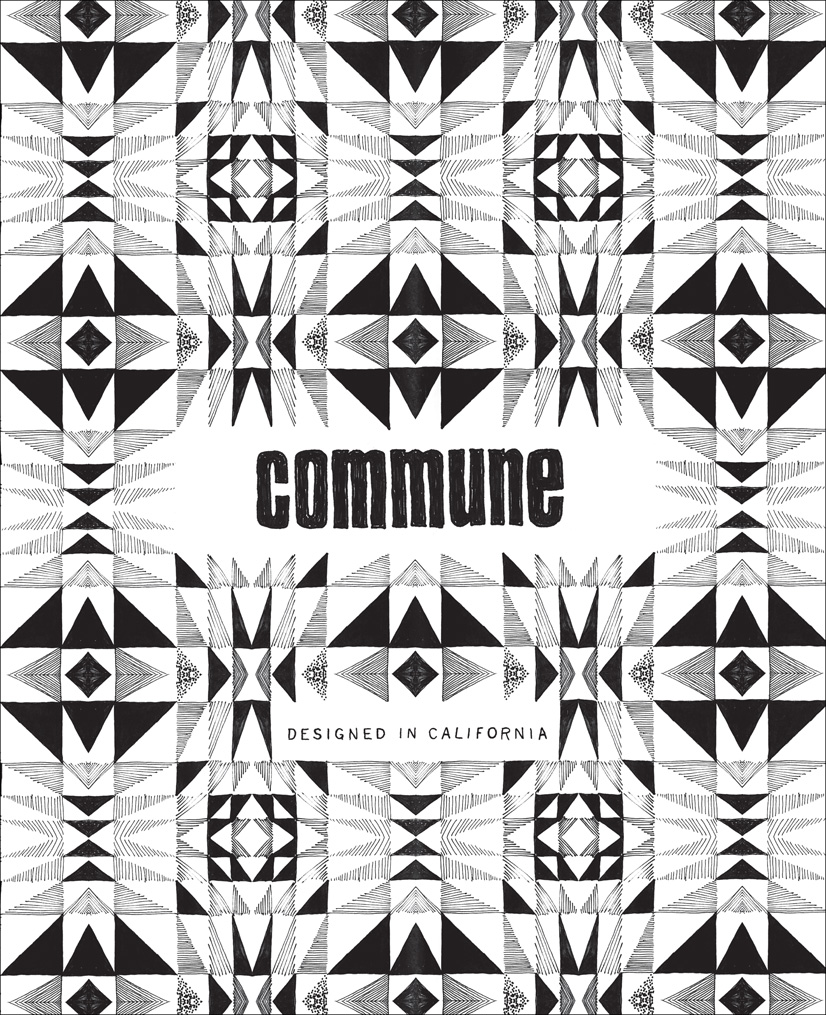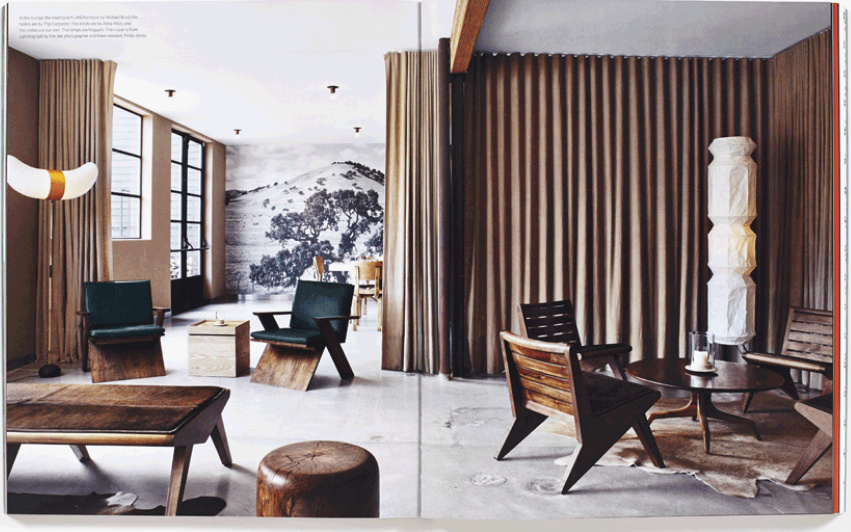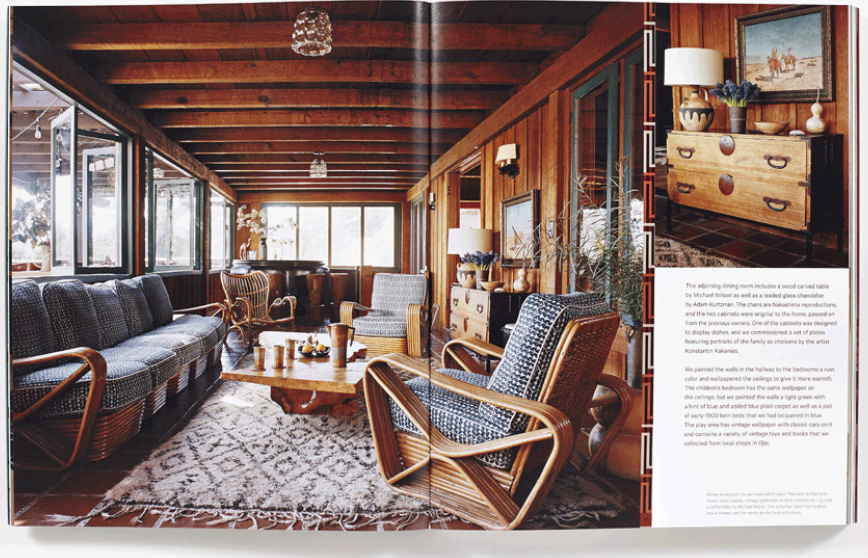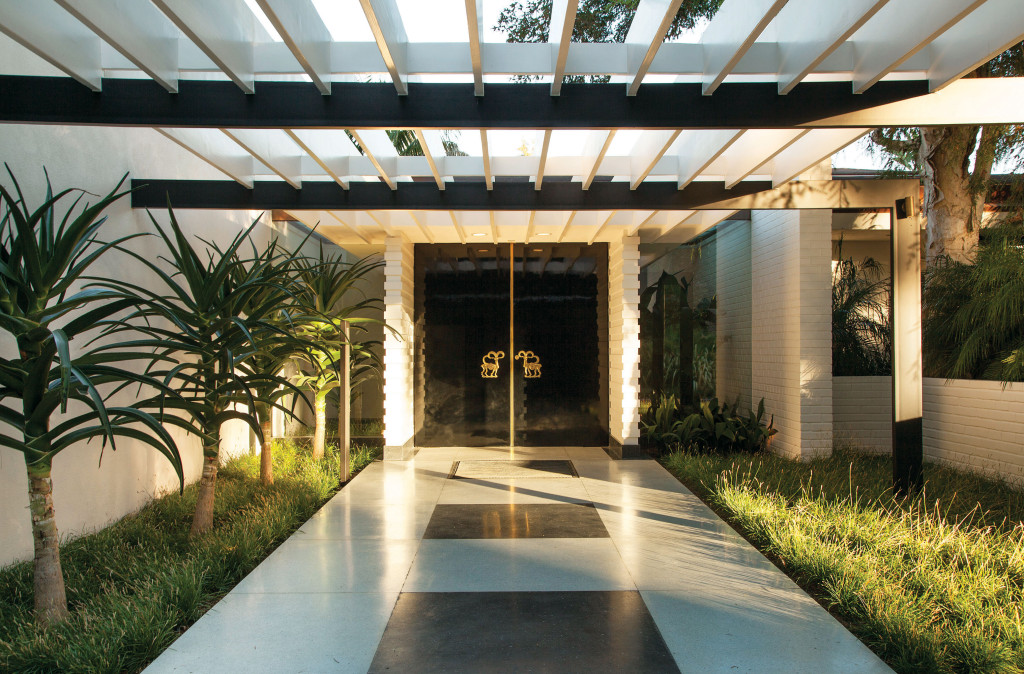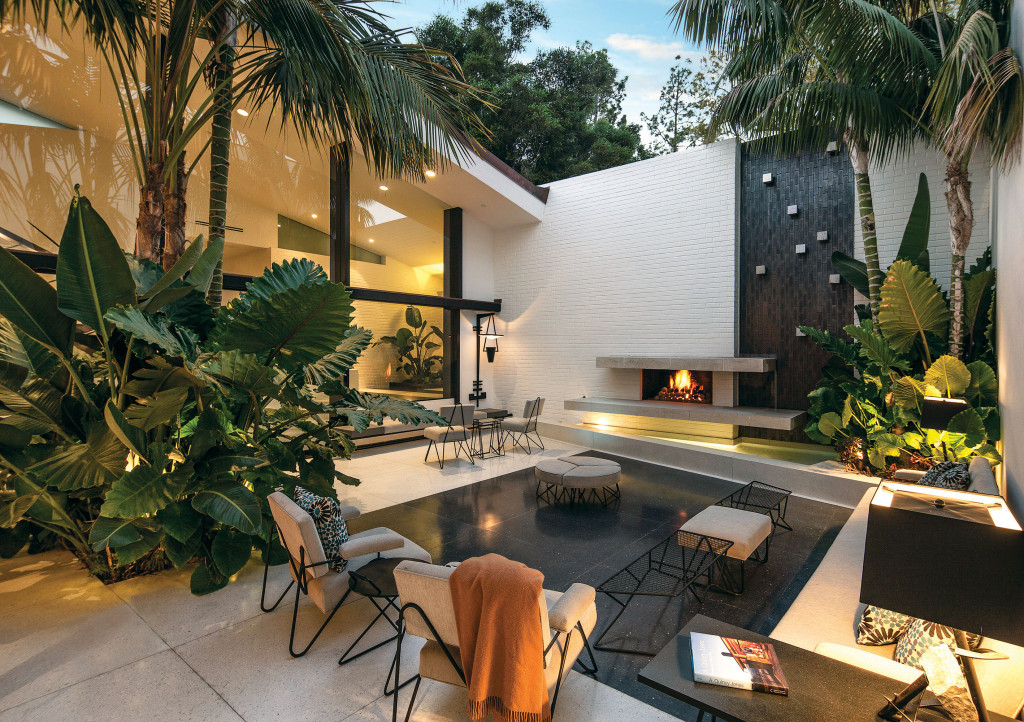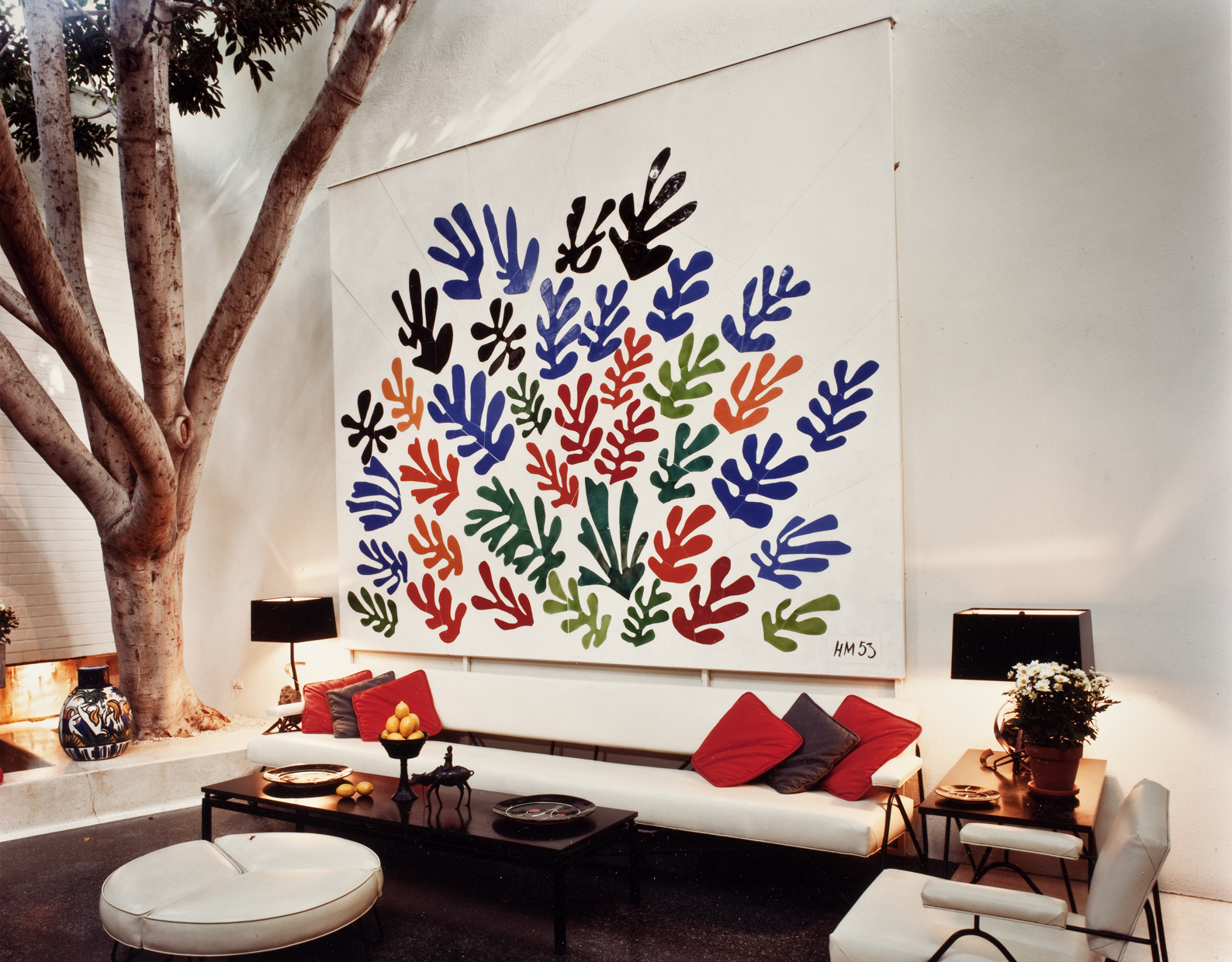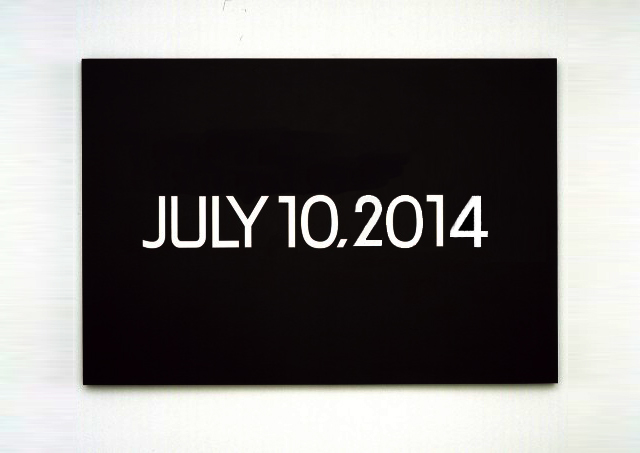
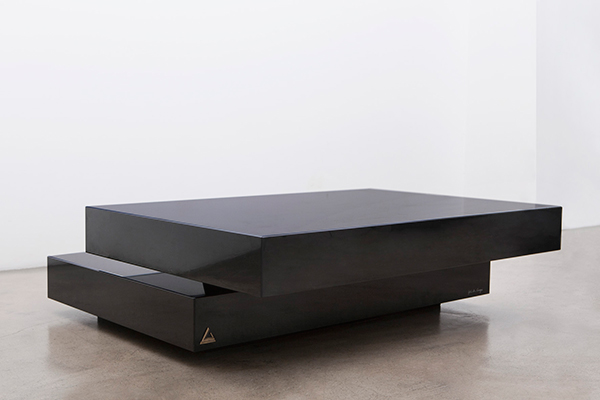
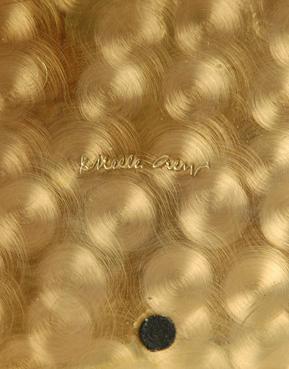
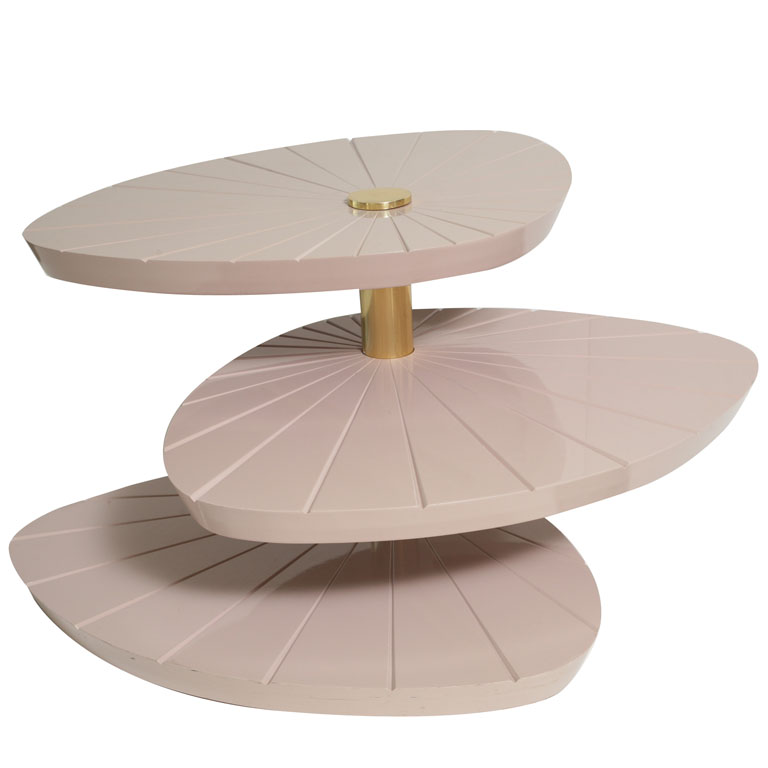
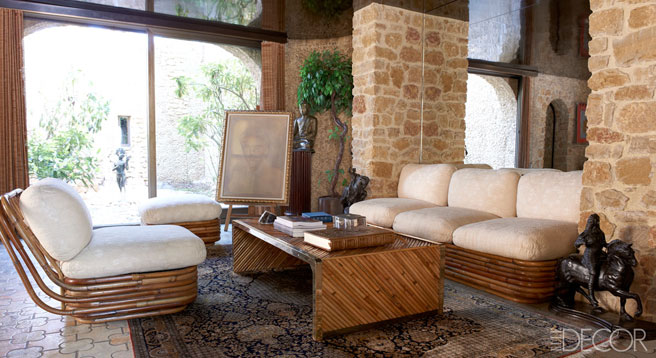
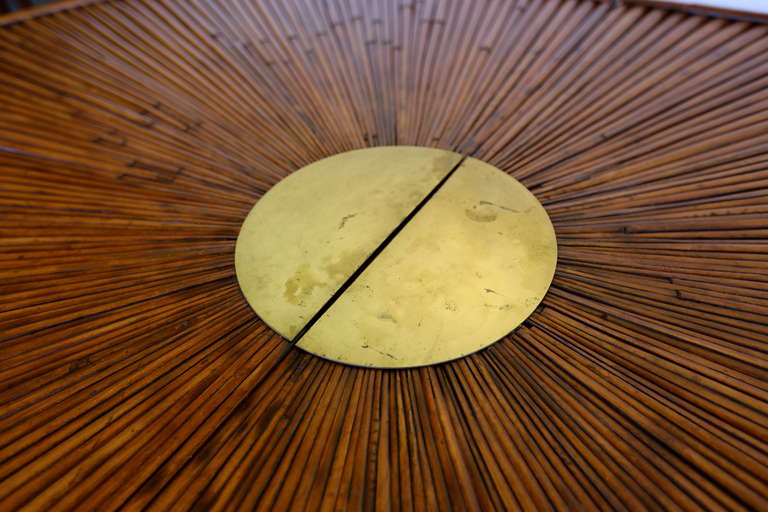
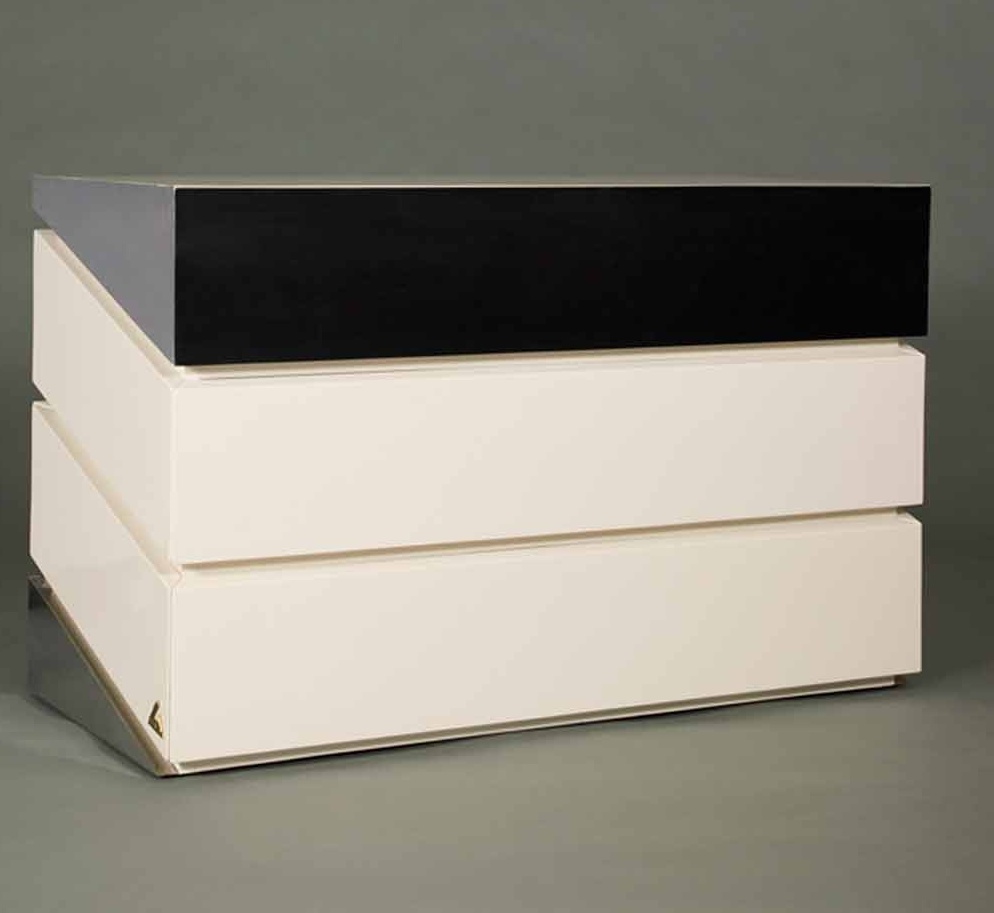

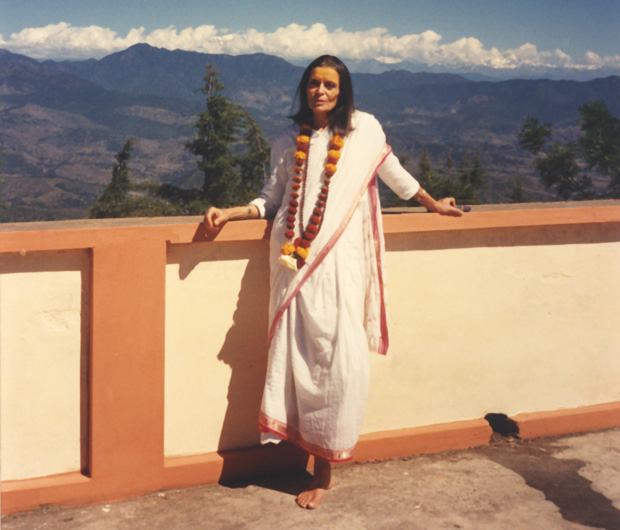
“Since the 1950s, Gabriella Crespi has dedicated herself to the creation and worldwide circulation of furniture and other objects that balance design and sculptural abstraction.
Crespi began her career as a designer in the 1950s with her first production of objects, the “Small Lune Collection”, steel moon-shaped sculptures, in which the stylistic influences of time converge and are transformed.
In the beginning of the 1960s, she established an enthusiastic creative relationship with Maison Dior, especially in the context of home and table accessories and, from the 1970s, with furniture.
Between 1970 and 1974, she created her most significant lost-wax works, including the sculpture “My Soul” (1974), the “Animali” collections, (bronze sculptures with a fairy-like feel that reveal Gabriella’s relentless attention to the natural world), “Jewels,” and “Gocce Oro:” free flowing sculptures conceived through the ancient and precious process of lost-wax casting.
Between 1972 and 1975, she designed the “Quick Change Sofa”, the “Z” line ( “Z Bar,” “Z Desk” ) and the “Rising Sun” bamboo collection, material much loved by Crespi that, as she says, “unites strength and flexibility.” The famous “Fungo” lamps (1973) are part of this collection.
In 1985 she released the last interviews on her work as a designer before setting out on a new life completely devoted to the spiritual quest, a path she follows to this today.
In 1987, she traveled to India where she met Sri Muniraji, who became her spiritual advisor. Gabriella lived in India almost without break for two decades.
In 2008, she created for Stella McCartney a limited reissue of some of her jewelry collection from the 1970s. The proceeds were donated to the Shree Baba Haidakhan Charitable and Research Hospital at Chilianaula, in the Himalayas, an institution specializing in eye care that was founded by Sri Muniraji, Gabriella’s spiritual advisor.
Gabriella Crespi now lives in Milan, practices meditation daily, and is considering new creative projects.” ~gabriellacrespi.it



